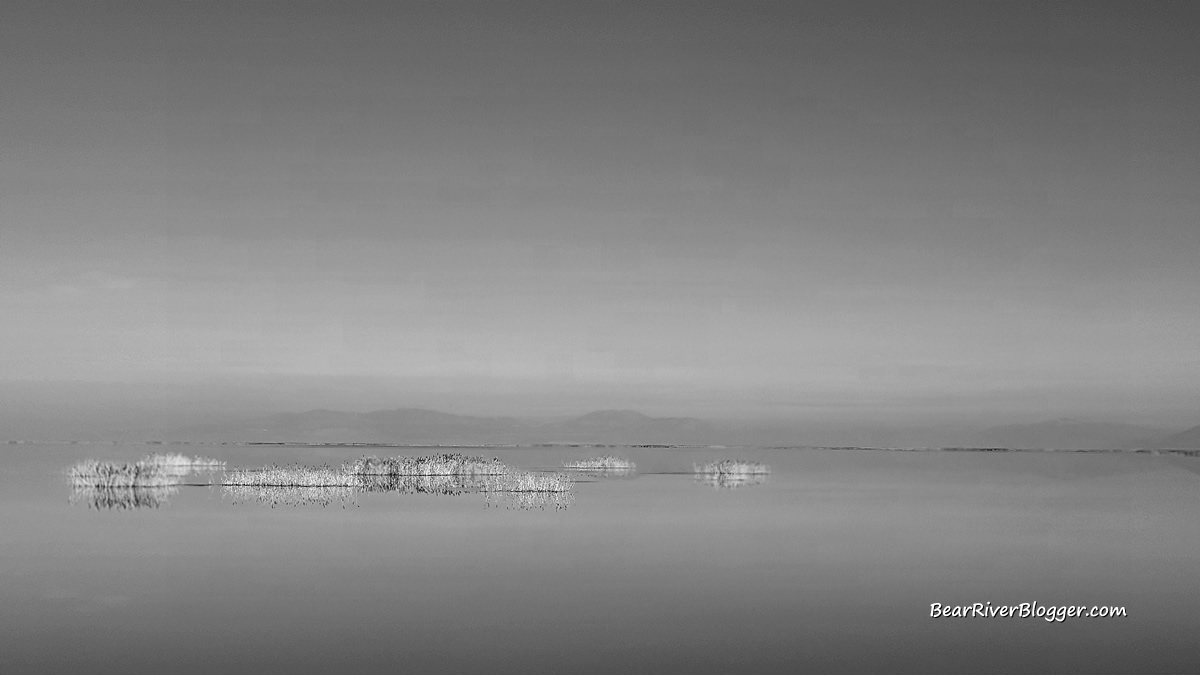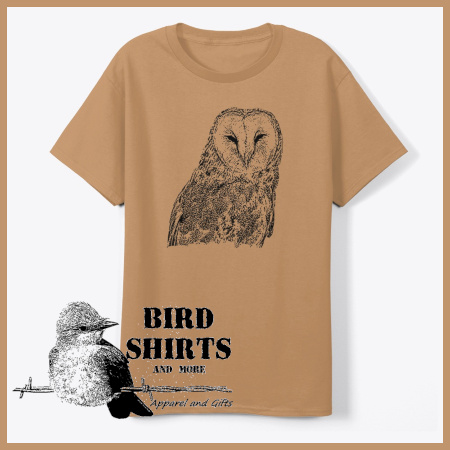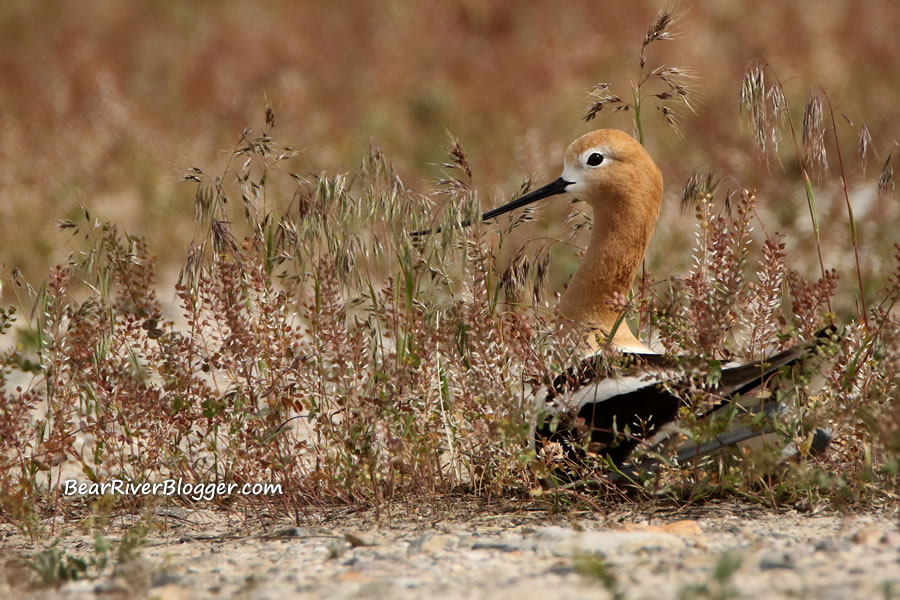Yesterday morning as I approached the starting point of the Bear River Migratory Bird Refuge auto tour route an interesting thought popped into my head about how I should photograph the refuge on this particular trip around the 12-mile loop.
I’ve been going to the refuge year-round for several decades now and sometimes I like to mix it up, challenge myself from a photography standpoint as it were, to try and keep things interesting when it feels like birdwatching and photography trips on Bear River are getting a bit, well, routine.
Simply put, the idea I had was to photograph the bird refuge with my camera phone and have enough resulting images, each reaching both a moderate aesthetic and technical level of quality, at least for a camera phone that is, for a short blog post afterward that would depict the beauty that can oftentimes be found on this 77,000-acre wildlife sanctuary.
Knowing the huge challenge it is to photograph nature, in general, with a phone I set the goal at a measly 4 images of any kind, a task not completely out of the realm of possibilities I suppose but definitely not an easy task by any means when you’re limited with just a smartphone for nature-related blog post content from a spur of the moment impulse.
Other than the 4 photo goal and a decent level of image quality I set no other requirements for this task as it is the middle of December and, well, most of the birds have migrated south for the winter.
And to be quite honest with it all anyway, truly photographing birds with a smartphone is nearly, if not totally, impossible from my experience so anything and everything nature-related was on the table as I drove the auto loop with my phone standing at the ready.
All the images for this particular blog post were photographed yesterday on the Bear River Migratory Bird Refuge auto tour route with my camera phone and, just for kicks, all the resulting photos that made the cut for this article were, in fact, solely edited on the same device while I was still out driving the refuge auto loop.
It just goes to show how far camera phones have advanced in the past few years.

They don’t give the quality of an image a DSLR camera puts out, mind you, but cameras on smartphones are getting a lot better every year it seems, and, as a bonus, you can instantly edit the images instead of having to do it later on a laptop or PC.
I doubt the day will ever come when such a device can compete with a DSLR for bird photography but across the board, I think quality landscape photography, as shown by this blog post at least, is definitely in the realm of possibilities of what a camera phone can easily produce with a little know-how and, of course, practice.
In fact, the only reason I didn’t have more images of at least blog post quality is the remaining images I took were too blurry from having to zoom in much too far to get the particular composition I wanted, showing the one thing still holding a camera phone back from truly competing with a DSLR camera is, well, digital zooming as it never, ever is as good as an optical, i.e. glass, zoom lens since the camera has to essentially, in a manner of speaking, digitally “recreate” the enlarged image.
But even with the limitations of smartphone camera technology, I am constantly finding myself using my camera phone for nature photography and not bothering with my DSLR until I have the need to photograph certain wildlife, especially birds, or the scene is too far away for the phone to capture without heavy digital zooming.
If you want to learn photography, I mean really learn photography, don’t worry about what camera you have or don’t have but rather do what I did yesterday, just take the phone out of your pocket and start photographing whatever is around you that looks like an interesting subject.

Great photographs don’t come from a great camera, they only come from a great eye for an interesting scene and somebody who has enough knowledge of how to use a camera to capture it.
Anyone can learn the camera aspect of photography, that’s the easy part, so focus on looking for compelling subjects and practice photographing them using correct composition and great lighting with whatever camera you have at your disposal.
Sunsets, landscapes, and even portrait photography are all quite doable with a camera phone and once you’ve mastered photography concepts such as composition and light with a phone capturing compelling images with a DSLR camera is going to be a lot easier.
Lastly, one added benefit of using my camera phone I didn’t think about until I came home and started writing this blog post is by utilizing my smartphone to photograph the refuge, this whole experience made me look at the Bear River Migratory Bird Refuge in a whole different light and forced me to look for things that I normally wouldn’t see when I am only looking for birds with a DSLR camera, things that are also a beautiful part of the refuge not commonly talked about or even photographed.
If you’re like me, an avid nature photographer and birdwatcher, I offer you to head on over to our subscribe page and sign up for email notifications for future blog posts where we show through our lens the beauty of nature and wildlife from both on and off of the famous Bear River Migratory Bird Refuge.




